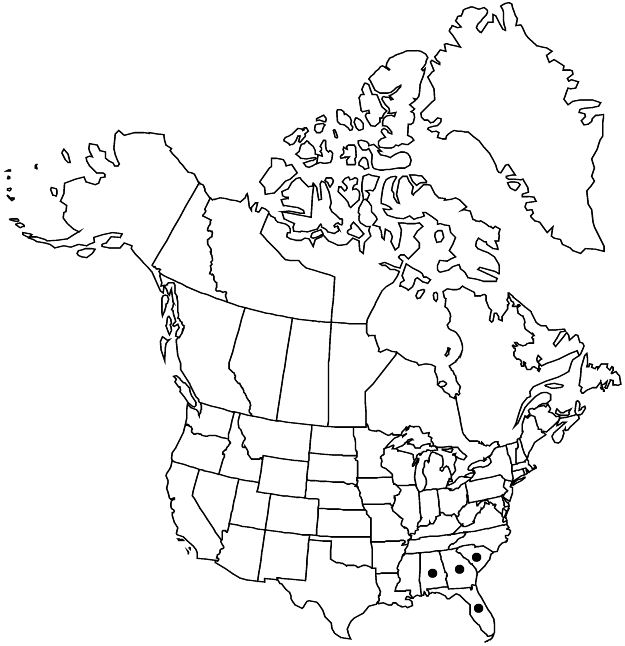Hypericum harperi
Bot. Jahrb. Syst. 58: 198. 1923.
Herbs perennial, semiaquatic or aquatic, erect, branching with long-creeping rhizomes at aerenchymatous base and from mid and distal nodes, 3–10 dm. Stems: internodes 4-lined. Leaves ascending to deflexed, sessile; blade narrowly oblong-elliptic (proximal) or lanceolate to linear-lanceolate, 10–30 × 3–8 mm, mostly longer than internodes, not or scarcely smaller distally, leathery, margins plane, apex acute, basal or near-basal veins 1–3(–5), midrib with 0–2 pairs of branches. Inflorescences broadly pyramidal to subcorymbiform, 1(–30)-flowered, branching mostly dichasial. Flowers 4–10 mm diam.; sepals lanceolate, usually unequal, 3–5 × 0.8–1 mm, margins sometimes ciliate, not setulose-ciliate, apex acute to acuminate; petals orange-yellow, obovate, 6–10 mm; stamens 50–80, irregularly grouped; styles 2–4 mm; stigmas capitate. Capsules ellipsoid to rostrate-subglobose, 3–4.5 × 2–2.5 mm. Seeds 0.5–0.6(–0.7) mm; testa obscurely linear-reticulate to irregularly reticulate. 2n = 24.
Phenology: Flowering mid–late summer (Jul–Sep).
Habitat: Open Taxodium swamps, wet pine barrens
Elevation: 0–200 m
Distribution

Ala., Fla., Ga., S.C.
Discussion
Selected References
None.